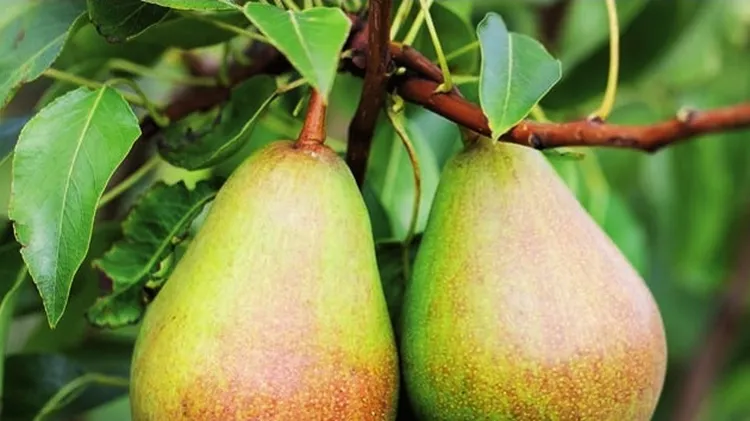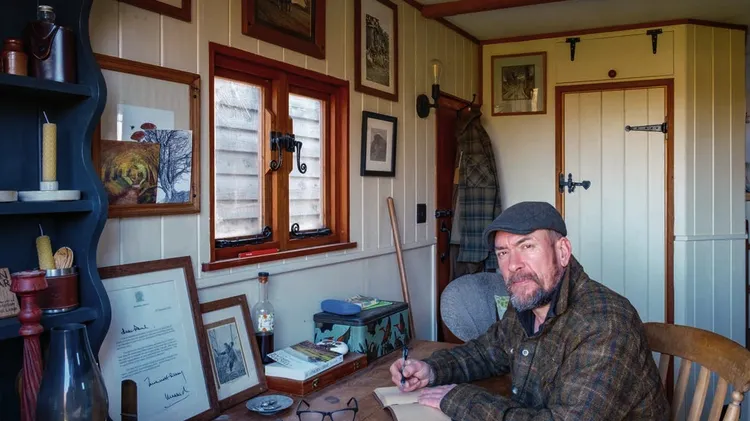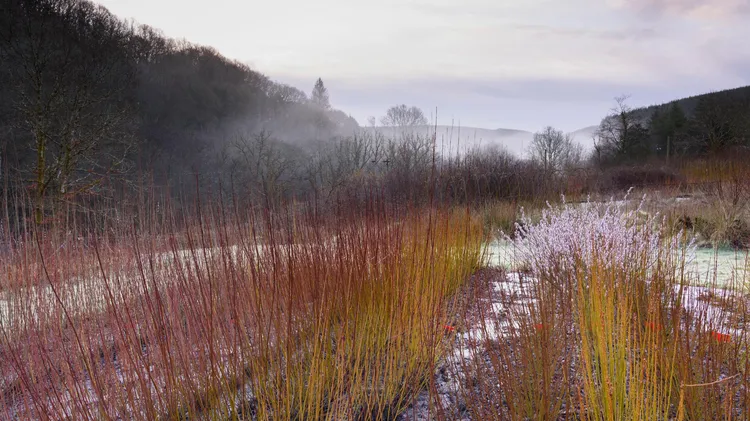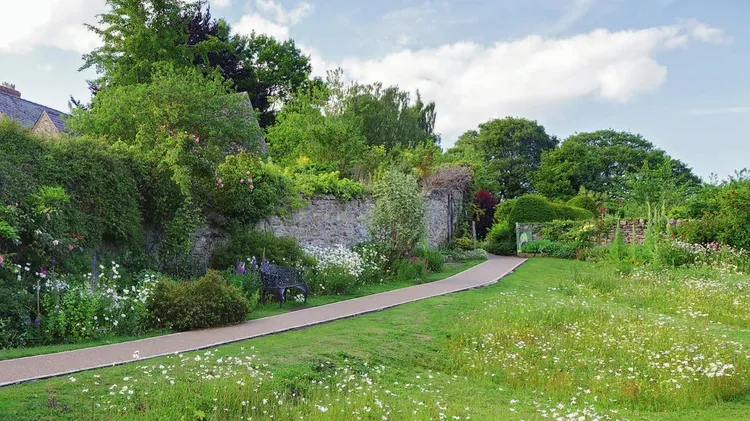There are more types of apple out there than you could possibly imagine, and at
An apple a day
6 min read
This article is from...
Read this article and 8000+ more magazines and newspapers on Readly






